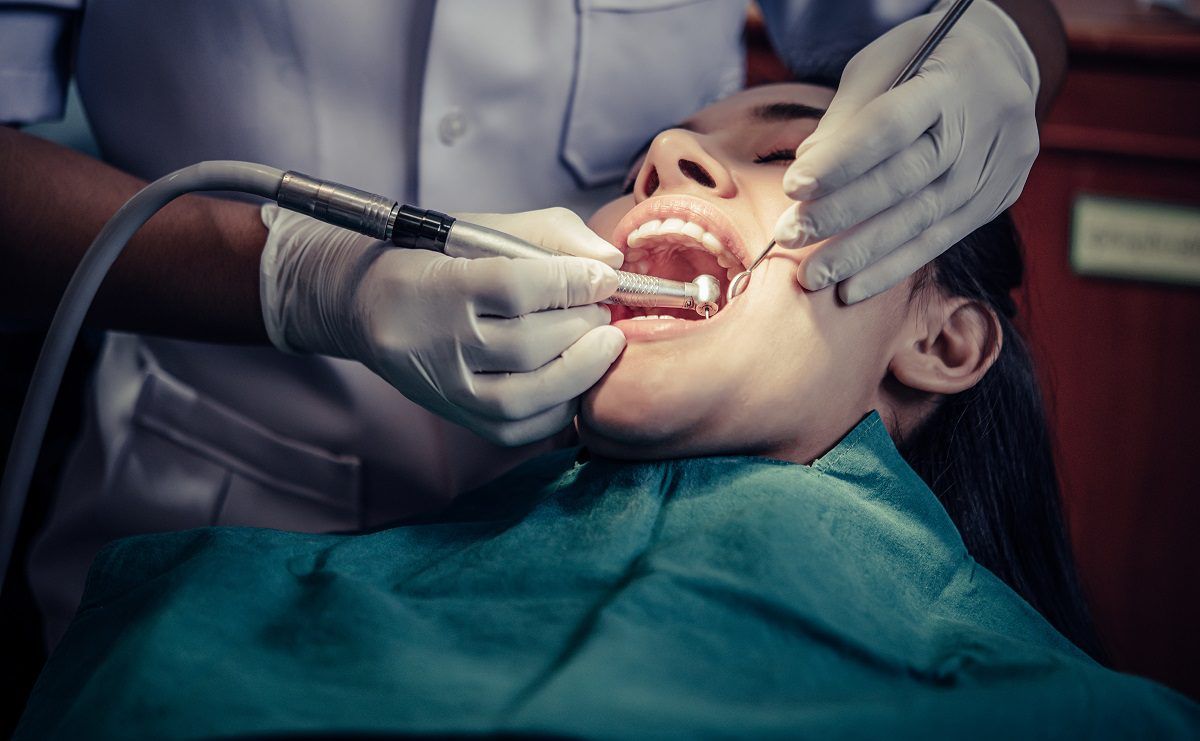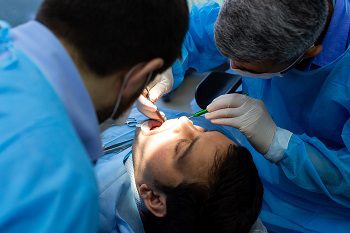

All-on-four Dental Implants Explained
Teeth loss is a terrible situation that may occur for various reasons. Regardless of the specific reason for missing teeth, it is a condition that must be addressed effectively to restore full function to the patient's mouth. One of the most intriguing and innovative approaches for accomplishing this aim is the All-on-four Dental Implants.
Strength:
Dental implants are almost indistinguishable from natural teeth in function and appearance. The less-invasive nature of the All-on-4 procedure results in a much shorter healing and rehabilitation period. Since fewer implant fixings are utilized, there is greater freedom in designing and fitting the optimal replacement teeth. Implants also give a considerably more secure attachment for the new teeth because of their stability. This implies that the patient may eat various foods without fear of their teeth becoming loose or falling out.
The Procedure:

Before:
Our dentist will do a complete examination to verify enough bone mass for the implants. You may need x-rays or CT scans at this time to get the information. This treatment will succeed because of the meticulous planning and preparation before the young implants are placed.
Pre-Surgery:
There are plenty of measurements that must be obtained before surgery can begin to accurately plan the location of the dental implants and create a replacement teeth prosthesis's shape and orientation. Implants and prosthetics are matched to create a precise fit for each patient and guarantee the best stability between the two.
Overbite and underbite are two of the parameters that dentists take into account when determining how much ridge reduction is required for the patient to attain their desired results. The imprints of the upper and lower jaws will also be taken. Molds made from these impressions will be used to check the fit and size of the different All-on-4 components.
During Surgery:
It is important to note that when a patient has the surgical component of their therapy, their dental surgeon will ensure that the natural space between their upper and lower jaws remains intact. The goal is to maintain your jaw and face structure in the same position before the treatment.
The procedure will commence after the patient is anesthetized. Excess or diseased gum tissue will be removed, and existing teeth and any remaining fragments of previously lost teeth will be removed. The dentist makes small incisions in the gums before the titanium posts are inserted. After the dental implants have been placed and tightened, the gum tissue will be replaced and all wounds closed. Implants will be fitted with a temporary set of teeth at this stage.

Post-Surgery:
Post-surgery oral care instructions and regular dental exams are necessary to guarantee a successful recovery process. A soft food diet is suggested for the first few months after the treatment to enable the implants to integrate and bind with the surrounding bone.
Final prosthetic treatment may begin after the dentist is satisfied that the bone has rebuilt and the wounds produced by the incisions have healed. After around 4-6 months, they will be installed, marking the end of the treatment and the beginning of the patient's new life with a full set of permanent replacement teeth.
Contact your Lafayette dentist, Dr. Massood Darvishzadeh, DDS at Lafayette Dental Group today to learn more about All-on-four Dental implants.
Resource:
What Are All On Four Dental Implants?
This media/content or any other on this website does not prescribe, recommend, or prevent any treatment or procedure. Therefore, we highly recommend that you get the advice of a qualified dentist or other medical practitioners regarding your specific dental condition
Services
Contact Us
3466 Mt Diablo Blvd., Suite C207
Lafayette, CA 94549
2025 © Lafayette Dental Group | All rights reserved | Powered by: Vigorant, Inc.
